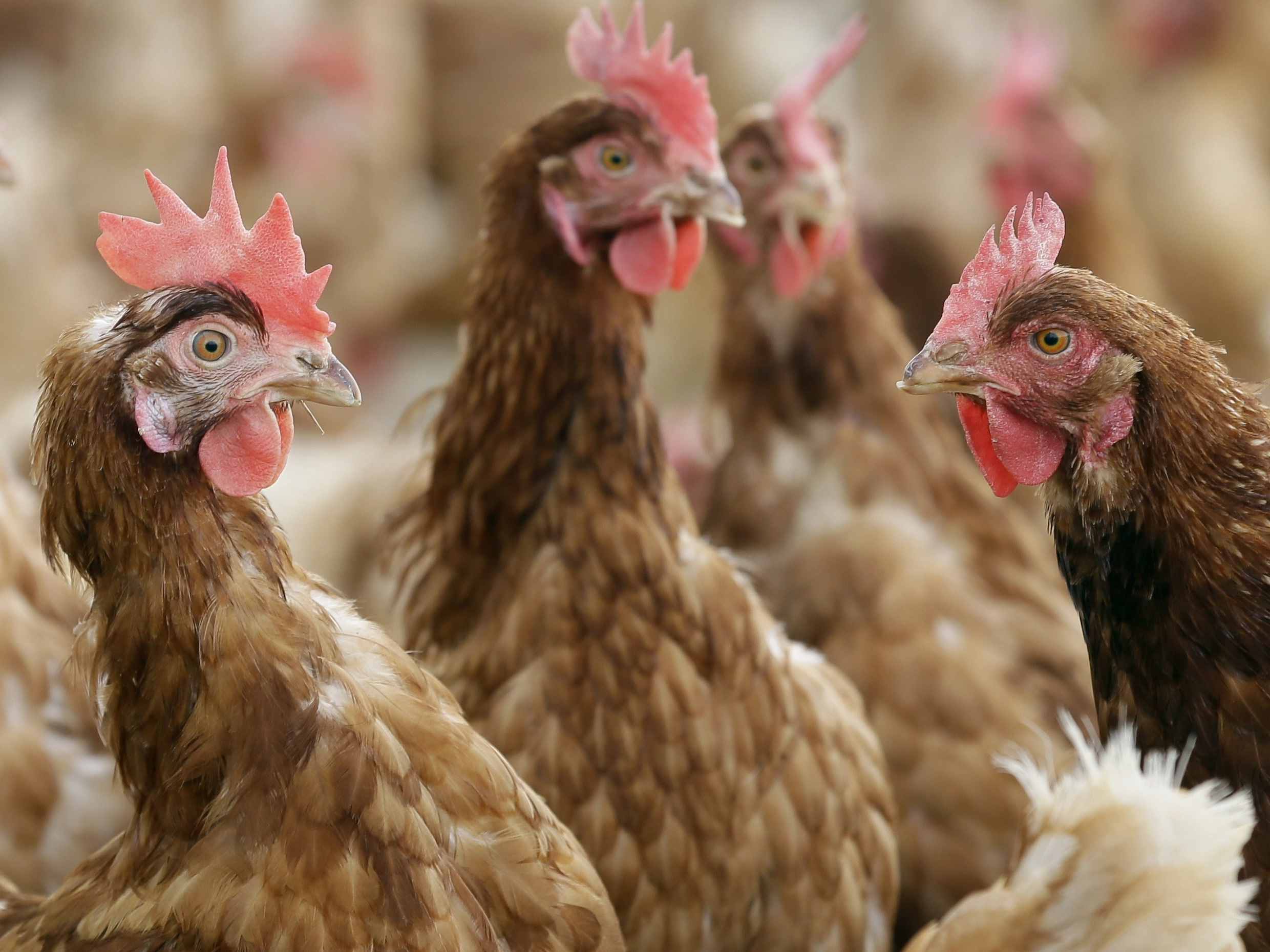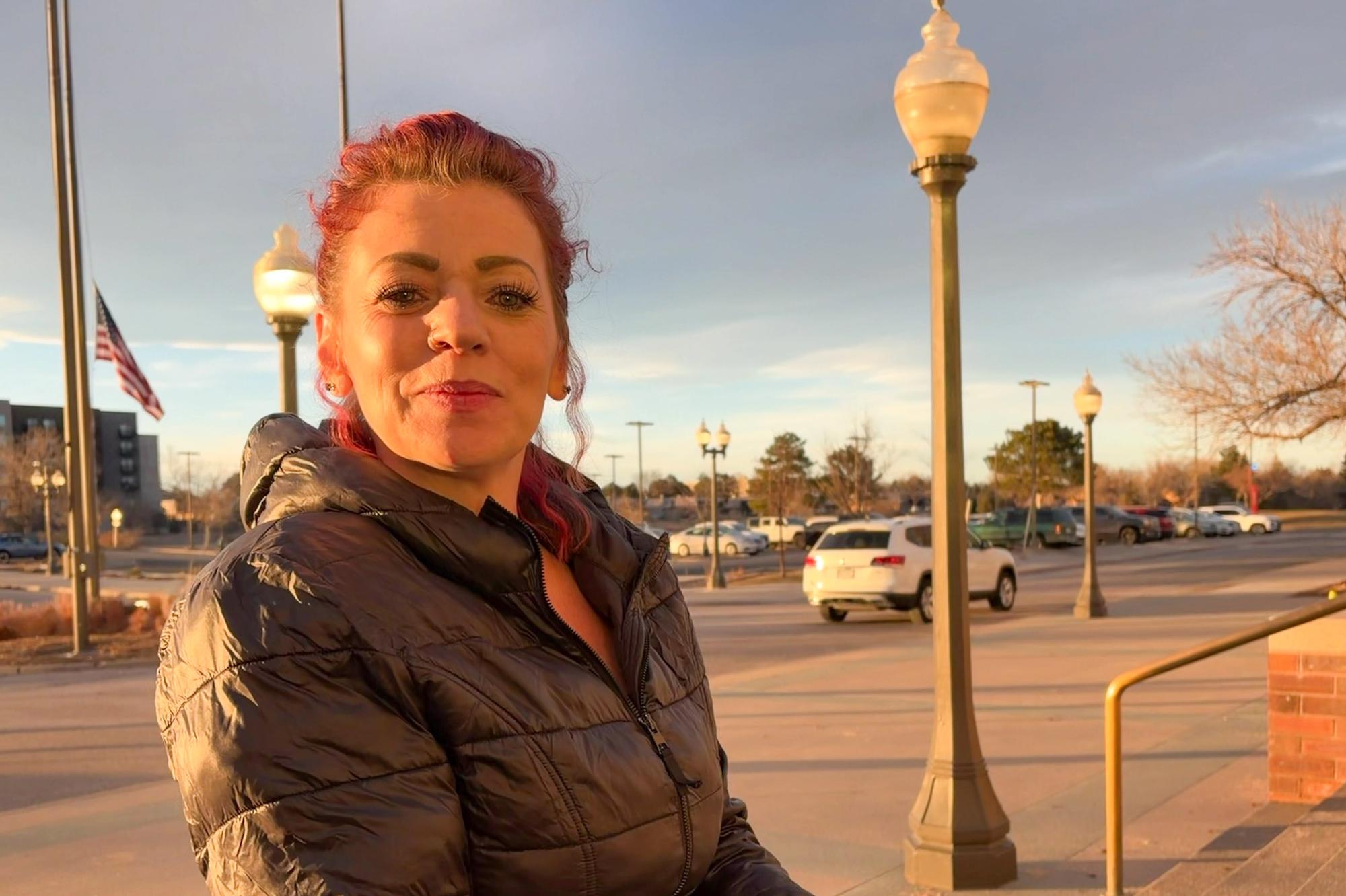
State agencies reported Sunday evening there are now a total of five human cases of avian influenza in people working directly with infected poultry. The federal Centers for Disease Control and Prevention confirmed four and was awaiting test results on a fifth, and is sending a field team to Colorado.
The highly pathogenic avian influenza is also called “H5 bird flu.”
The infected workers were culling poultry at a commercial egg operation in northeast Colorado. All have had relatively mild symptoms that have not required hospitalization, according to a press release from the state late Sunday.
“We (the state health department) and CDC believe that the risk continues to be low here for the general public,” said Dr. Rachel Herlihy, the state epidemiologist with the Colorado Department of Public Health and Environment. “We know that there's going to be increased exposure in certain industries, including the poultry industry and on dairy farms right now.”
She said the state had tested 54 workers from a farm where poultry that had tested positive for avian flu were being culled in to stop the virus from spreading. That testing identified the five positive cases.
“We want to know if there is any illness among household contacts,” Herlihy said. “That would obviously be a concerning scenario. So the folks that have closest contact with an ill worker would be our highest priority, and that has not been identified to date.”
People who are in close contact with the workers who tested positive are being monitored as well.
She said the state was making sure the workers have access to PPE, personal protective equipment, like masks and gloves, and that they know the signs and symptoms of avian flu, testing workers and getting treatment to those with symptoms.
Herlihy said there has been no sign of the virus spilling over to people via human to human transmission.
“We've been tracking this virus since 2022, and during that time we have not seen evidence of person-to-person transmission,” she said.
The state is working with the CDC to monitor for any genetic variations that may appear in the virus and any changes in patterns of transmission.
“I think we have people on the ground here we're working with to make sure we have a full picture of this particular incident that's occurring at this poultry operation. And so we have lots of questions we want to answer to try and understand the situation,” Herlihy said.
The state had already announced three likely cases on Friday; those are now confirmed, as is an additional presumptive case detected late Friday evening, according to the release. Samples for a fifth worker were presumed positive at the state lab on Saturday and will be sent to CDC for confirmation.
No additional test results are pending, according to the agencies working on the issue, including the state health department, the Department of Agriculture and Colorado’s Emergency Operations Center.
The workers were culling poultry at a farm in northeast Colorado and exhibited mild symptoms. Those included conjunctivitis, also known as pink eye, and what the agencies called ‘common respiratory infection symptoms.’
State epidemiologists suspect the poultry workers’ cases are a result of working directly with infected poultry. The CDC is part of an ongoing investigation.
The agency said it had deployed a nine-member field team to Colorado to help the state manage the bird flu outbreak in humans and poultry, according to a statement posted Sunday, July 14 on its website.
A team of CDC epidemiologists, veterinarians, clinicians and an industrial hygienist is now working to support Colorado's public health response to the outbreak. This includes ongoing monitoring of workers and testing of additional specimens.
“Given current information, CDC believes that the risk to the public from this outbreak remains low,” the statement said. It added these cases underscore “the risk of exposure to infected animals” and that there are no unexpected increases in flu activity in Colorado or other states affected by H5 bird flu outbreaks in cows and poultry.
Public health agencies are keeping an eye on the outbreak through a variety of means. Those include looking at hospitalization data, test data from working, emergency department data, and wastewater data.
“We have not had any positive detections in wastewater for H5N1 influenza in that northeastern part of the state where we're doing this monitoring,” she said.
May Chu, an epidemiologist and clinical professor from the Colorado School of Public Health, said the arrival of a cluster of cases caught her attention, calling the current situation a “worrisome watch.”
She said that there was no sign of person to person transmission is promising, but that vigilance is key. Tracking any spread through a variety of means is one way to stay vigilant. But public health mitigations should be amplified if more clusters of cases were to arise here soon.
“When it's clustered like that, it tells you that your risk has gone way up because the contact is causing the illness,” she said. “The concentration of persons at one location getting infected tells me the virus is spreading a lot better.”
Chu noted infected poultry are culled in order to limit rapid spread through a flock that could then be transmitted to humans. “You can nip it before it gets into the human population widely. That is the best public health protection.”
The latest development comes as the state has been dealing with avian flu cases in both poultry and cattle. Earlier this month, the state announced the state’s first human case of avian influenza infection this year. That case originated from a dairy cow, as the virus had put dozens of dairy cattle herds under quarantine due to the virus.
“It's disturbing but not surprising that this virus presumptively is spreading to more humans. People who work closely with infected animals are at risk for becoming ill,” said Dr. John Swartzberg, a clinical professor emeritus and expert in infectious diseases, at UC Berkeley, via email Friday.
“We have not seen evidence of human-to-human transmission,” he stressed. “If we do, I would be much more concerned.”
The state health department wants employees who are working with ill poultry or dairy cattle to be aware of the signs and symptoms, those include pink eye or conjunctivitis, and then other influenza like illness symptoms, like fever, cough, nausea and headaches. Those who develop those symptoms should seek testing and treatment.
It is safe to eat properly handled and cooked poultry products, according to the agencies, as high temperatures kill bacteria and viruses. That includes avian flu viruses.
Those who work with dairy cows or poultry that may be infected with avian flu are advised to seek medical care if they start to feel sick. They can also call CDPHE at 303-692-2700 during the day, or 303-370-9395 after normal business hours.
The agency can assist in getting a flu test and medicine if needed. More information about avian flu in humans is available here.









